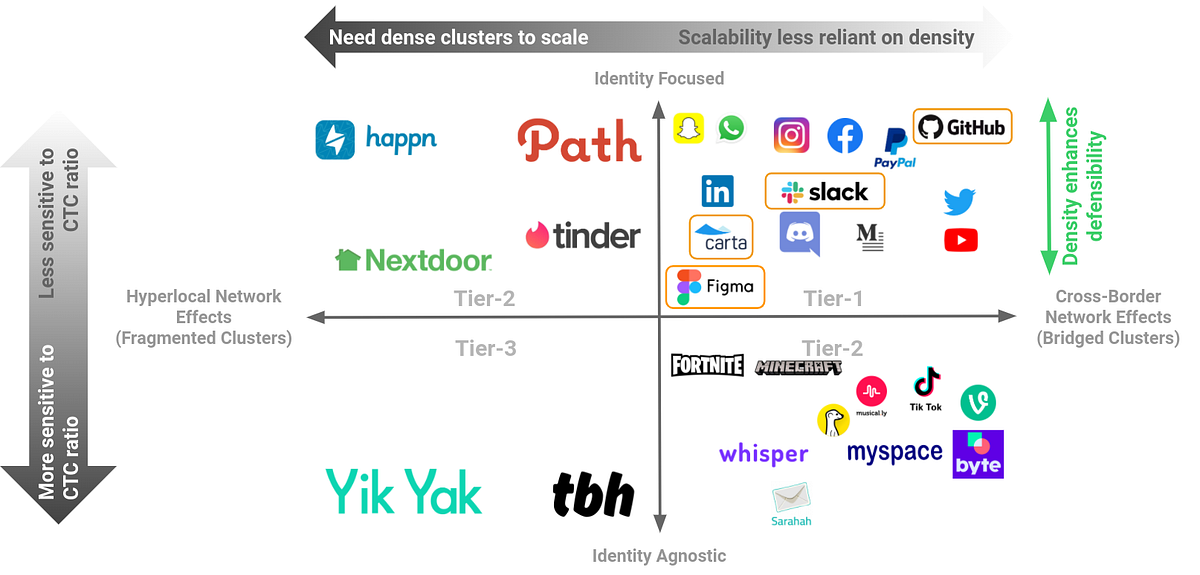sari
@sari
making Sublime — for you and for me.
sari
@sari
making Sublime — for you and for me.


we’ll look back at this era of social media as the primitiva era where we were naive about how good it could be
“People get better at regulating their impulses. They learn how to distract themselves from temptations. And once you’ve gotten into that willpower groove, your brain is practiced at helping you focus on a goal.
feeling stupid now is better than feeling stupid in 10 years